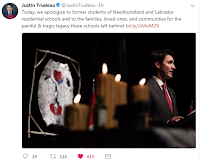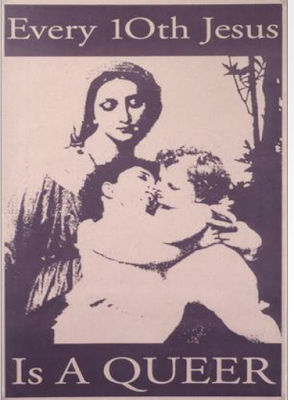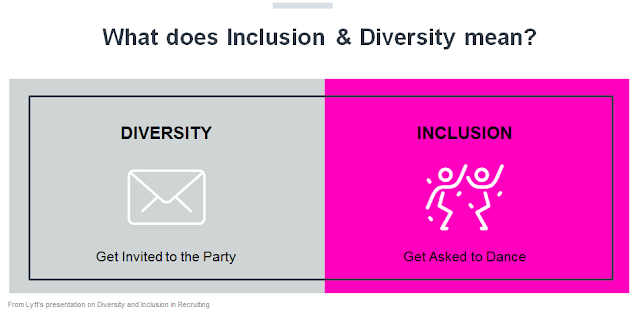This site has extensive discussion of
uncertain spaces and declared spaces. Much of it has focused on the big declaring that a church can do in terms of how welcoming and embracing it is. The outward signs, and the many inward ways which make the declaration more than just words and empty gestures.
One of the ways a church or organization can declare itself further, which has not been discussed here yet, is by having specific declared spaces within a broader declared space. As will be seen in the following examples, some of these specific spaces are physical spaces; others are "spaces in time". As well, there are also ways for people within a church or organization to declare themselves...
declared "spaces in time" within declared spaces
These are defined declared spaces that happen at certain times, within a broader declared space. Here are some examples.
example 1: standing stones services
Several churches in our parish hold Standing Stones services once a month, in some cases during the regular Sunday morning service time.
"Standing Stones is a gathering of Aboriginal and Non-aboriginal People to explore God in an Aboriginal Context. We come to worship Jesus, infusing Cree symbols into Christian ceremony. We smudge to purify our minds, hearts and spirits in order to come to a clearer understanding of God; we seek wisdom in Aboriginal story and scripture, we ask for God’s healing water and prayer on ourselves and our community and we celebrate God’s activities in our lives though the sharing of bannock and berries. Standing Stones is a fresh expression of Jesus to the Aboriginal Community and to the diocese. The hope is that this gathering is a means of Christ’s reconciling Love to heal ancient wounds and enlighten the next generation of all Canadians."(source)













